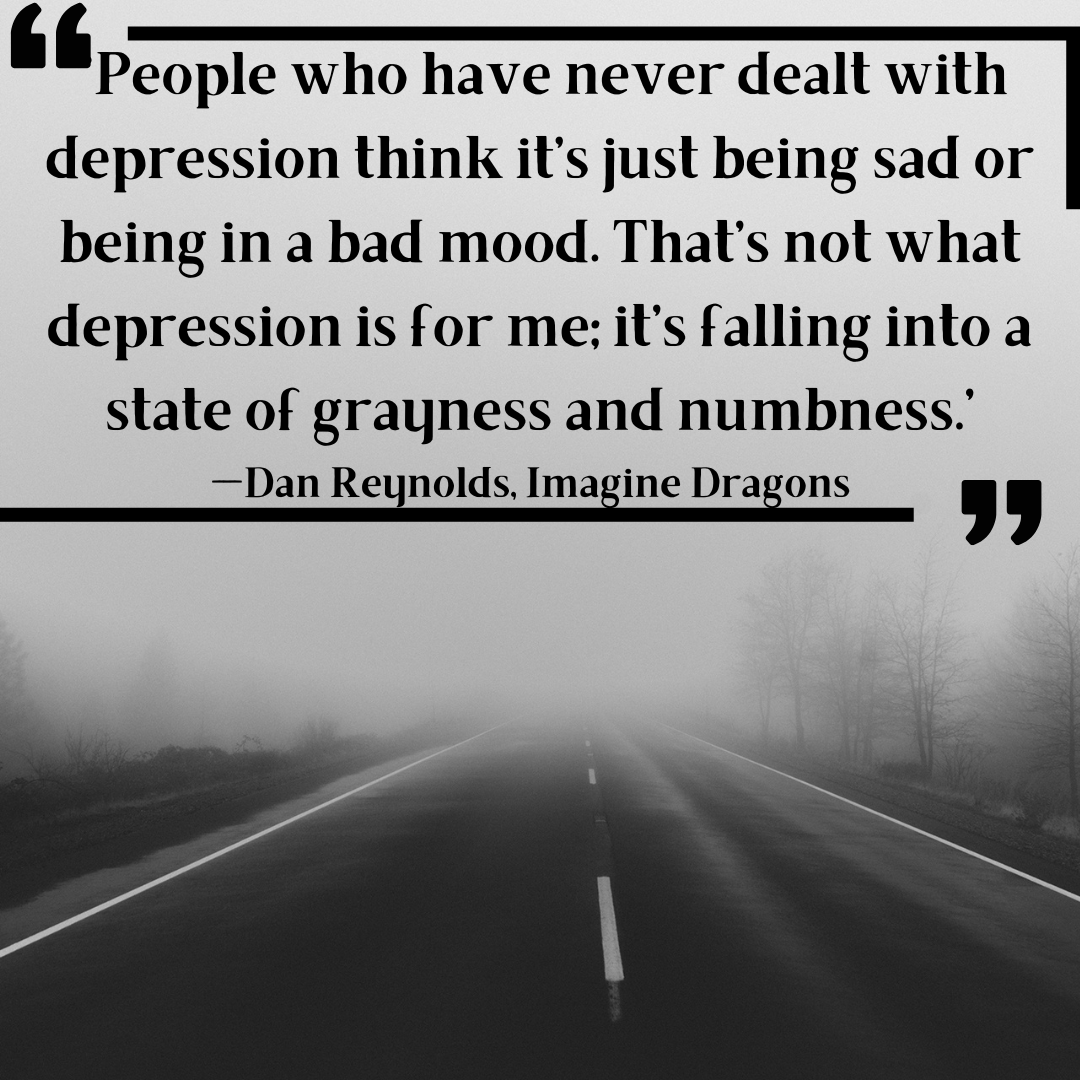What is Persistent Depressive Disorder or also known as Dysthymia?
Diagnosis Criteria
According to the DSM-5 (Diagnostic Statistical Manual of Mental Disorders fifth edition.), the following appears with Persistent Depressive Disorder:
“Poor appetite or overeating
Insomnia or hyperemia
Low energy or fatigue
Low self-esteem
Poor concentration or difficulty making decisions
Feelings of hopelessness" pg. 168.
What’s the difference between Major Depressive Disorder and Persistent Depressive Disorder?
The big difference between Major Depressive Disorder and Persistent Depressive Disorder is the timeline. Major Depressive Disorder symptoms appear for two weeks constantly, whereas Persistent Depressive Disorder appears for two years.
Facts about Persistent Depressive Disorder
A study conducted by National Comorbidity Survey Replication (2001-2003) found the following information about Persistent Depressive Disorder:
"An estimated 2.5% of U.S. adults experience persistent depressive disorder at some time in their lives."
"An estimated 49.7% of people with persistent depressive disorder had serious impairment, 32.1% had moderate impairment, and 18.2% had mild impairment."
If you think you are struggling with Persistent Depressive Disorder or Major Depression, reach out to your primary care doctor or therapist to receive the correct diagnosis. Please do not self-diagnosis until you speak with a professional who is trained to correctly diagnose and help support you on your journey.
Resources
Diagnostic and statistical manual of mental disorders: DSM-5 (5th ed.). (2017). American Psychiatric Association.
U.S. Department of Health and Human Services. (n.d.). Persistent depressive disorder (dysthymic disorder). National Institute of Mental Health.


